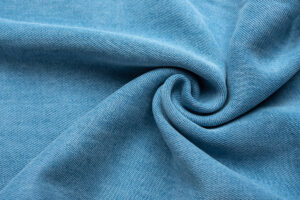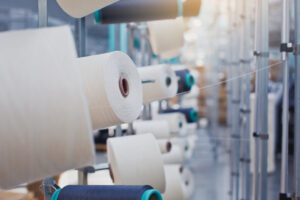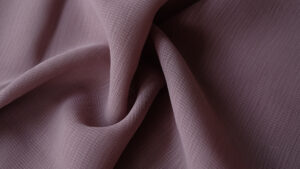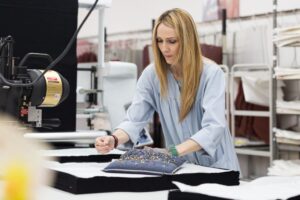To understand what viscose fibre is, it’s important to know that vegetable-based fibres are sourced naturally using two distinct extraction methods:
1. Direct extraction from the plant
This method applies to fibres like cotton, which is extracted from the cotton seed itself, linen, which is extracted from the stem of the plant, esparto sourced from leaves and coconut, which is extracted directly from the fruit.
2. Indirect extraction through the use of a chemical process
This method is used when there is no way of directly extracting it from the plant. In this case, we are dealing with a natural-synthetic fibre, which means that the base material that is extracted is natural but is obtained through the use of a chemical process.
This fibre is generally extracted from wood. It is shredded and macerated in a solution consisting of water and chemical products which turn the solution into what is known as wood pulp (the pulp acts as a membrane that covers the vegetable cells and acts as a support), a substance from which we can extract the fibre using industrial processes. The fibre obtained as a result of this process is commonly known as VISCOSE.
Types of viscose fibre
Examples of the most common viscose fibres currently used are:
- Modal: the pulp obtained from beechwood.
- Tencel or Lyocell: the pulp obtained from eucalyptus wood.
- Bamboo: the pulp obtained from bamboo shoots.
Properties of viscose fibre
1/ Low resistance fabric, especially when is wet
2/ Ease the formation of peeling
3/ Not a long-lasting fabric
4/ Medium level antibacterial protection
5/ Medium/high humidity absorption
6/ Medium/high dispersion
Soy fibre extraction
Another type of viscose exists which is obtained from SOYA instead of Wood pulp. The fibre is extracted from the soya bean itself. Soya is a legume and the bean is the plant’s seed.
The soya bean (seed), which is high in vegetable protein, is ground and turned into flour. The protein-rich flour is macerated to transform into a pulp from which a textile fibre called SOYA VISCOSE is extracted through the use of bioengineering, a method that draws on science and the latest technology.
Properties of soy fibre
1/ High resistance fabric when dry or wet
2/ Not prone to peeling
3/ The fabric is exceedingly long-lasting
4/ High-level antibacterial protection
5/ Advanced humidity absorption and dispersion featuring temperature-regulating effect
6/ Smoothens and hydrates the skin thanks to the high vegetable protein found in soya.
These properties make ZD’s soya fabric women’s underwear exceptionally long-lasting and comfortable.
You deserve the best underwear. You deserve ZD underwear.












Reader Interactions